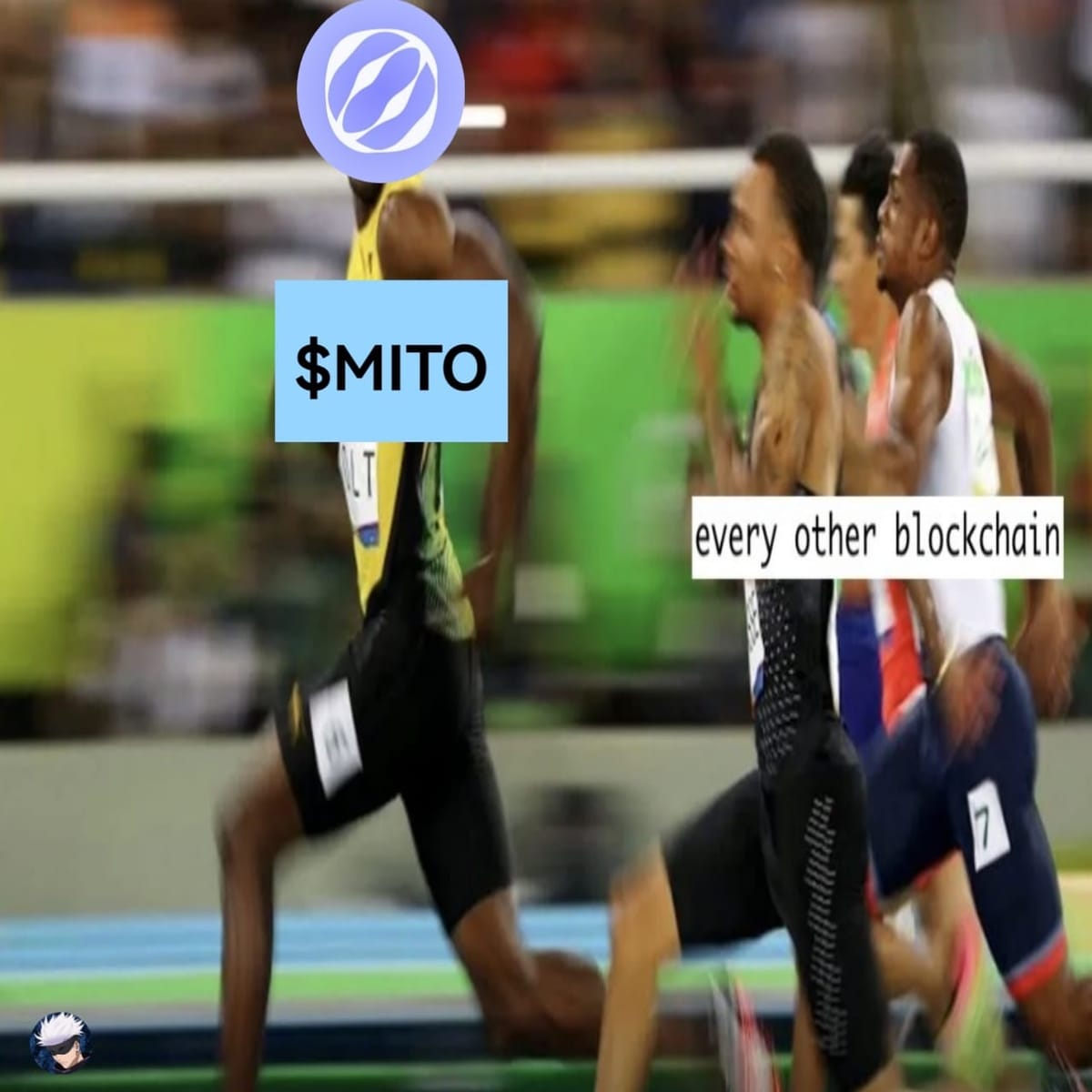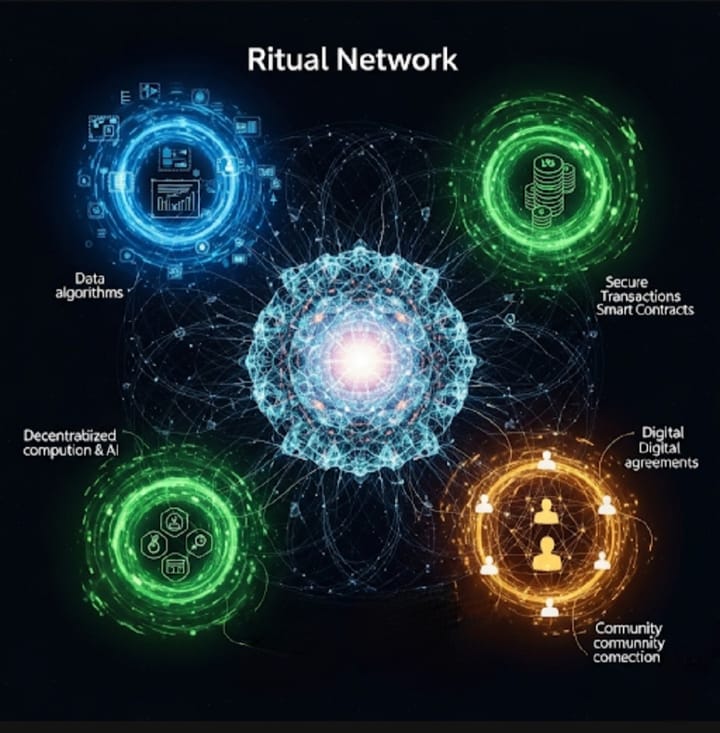MITOSIS: Addressing fragmented liquidity in DeFi.

How Raphael Found Simplicity and Empowerment in DeFi through Ecosystem-Owned Liquidity.
Raphael has long been attracted by the concept of decentralized finance (DeFi), but was frequently overwhelmed by its complexities. One day, he came across Mitosis, a layer 1 blockchain that promised to simplify the DeFi experience.
Curiously, Raphael decided to explore further. He learned that Mitosis allows users to deposit their assets, like ETH, into its system and receive in exchange miETH. This miETH acted like a special ticket, granting him two main privileges: the ability to earn yields from various sources and the power to vote on where his deposited ETH should be allocated. upon further research, Raphael discovered that many other users were doing the same with their assets. Collectively, their combined voting power, delegated through various dapps built on Mitosis, ensured that the ecosystem's assets were continuously directed to the best opportunities—all without requiring active management from individual users. Through Mitosis, Raphael found a way to turn his passive assets into dynamic, working capital, benefiting not just himself but the entire DeFi ecosystem.
The Challenge: Fragmented Liquidity in DeFi.
DeFi protocols often rely on private deals with large liquidity providers, leading to unclear terms and unstable liquidity. This fragmentation hampers efficiency and creates barriers for new protocols seeking liquidity. The decentralized nature of blockchain technology, while offering numerous advantages, inadvertently contributes to this dispersion of assets, making it challenging to manage and utilize liquidity effectively.
Mitosis's Solution: Ecosystem-Owned Liquidity (EOL)
Mitosis addresses this issue head-on with its EOL model. Liquidity providers deposit assets into Mitosis Vaults across various chains and receive representative assets on the Mitosis chain. These providers can then opt-in to become EOL participants by converting their assets into miAssets, which provide exposure to yields generated across multiple chains and protocols. Allocation decisions are made collectively by miAsset holders through periodic gauge votes, ensuring liquidity flows to where it's most valuable.

the mitosis L1 chain is a purpose-built blockchain that powers the protocol's liquidity collective. highlighted below are various ways addresses static deposits into productive assets and transforming passive liquidity into active working capitals through an innovative working delegation system.
Enhancing Capital Efficiency
The dual utility of miAssets sets Mitosis L1 apart. As yield-bearing tokens, miAssets automatically accrue returns from EOL's multi-chain allocations. Simultaneously, they can be utilized in various DeFi applications on Mitosis L1, creating an additional layer of capital efficiency. For instance, a user's miETH can earn yields from EOL strategies while also being used for lending or providing liquidity on Mitosis L1. This composability ensures that capital remains actively employed across multiple strategies, maximizing the productive potential of every deposited asset.
Addressing DeFi's Scalability Challenge
Mitosis L1 tackles DeFi's scalability issues by transforming passive liquidity into active, working capital through an innovative delegation system. Many crypto assets remain idle as users lack the time, expertise, or incentives to actively participate in DeFi. Mitosis changes this dynamic by allowing users to delegate their governance rights to trusted applications. For example, a lending protocol receiving miETH deposits can use the delegated voting power to direct EOL's ETH allocation in ways that benefit both the protocol and its depositors. This alignment of interests enables efficient governance participation without requiring constant active management from individual users.
Overall, Mitosis addresses DeFi's challenges of fragmented liquidity and idle assets with its Ecosystem-Owned Liquidity (EOL) model, enabling active governance and maximizing capital efficiency. By turning static deposits into productive assets, Mitosis empowers users and improves scalability across the DeFi ecosystem.



Comments ()